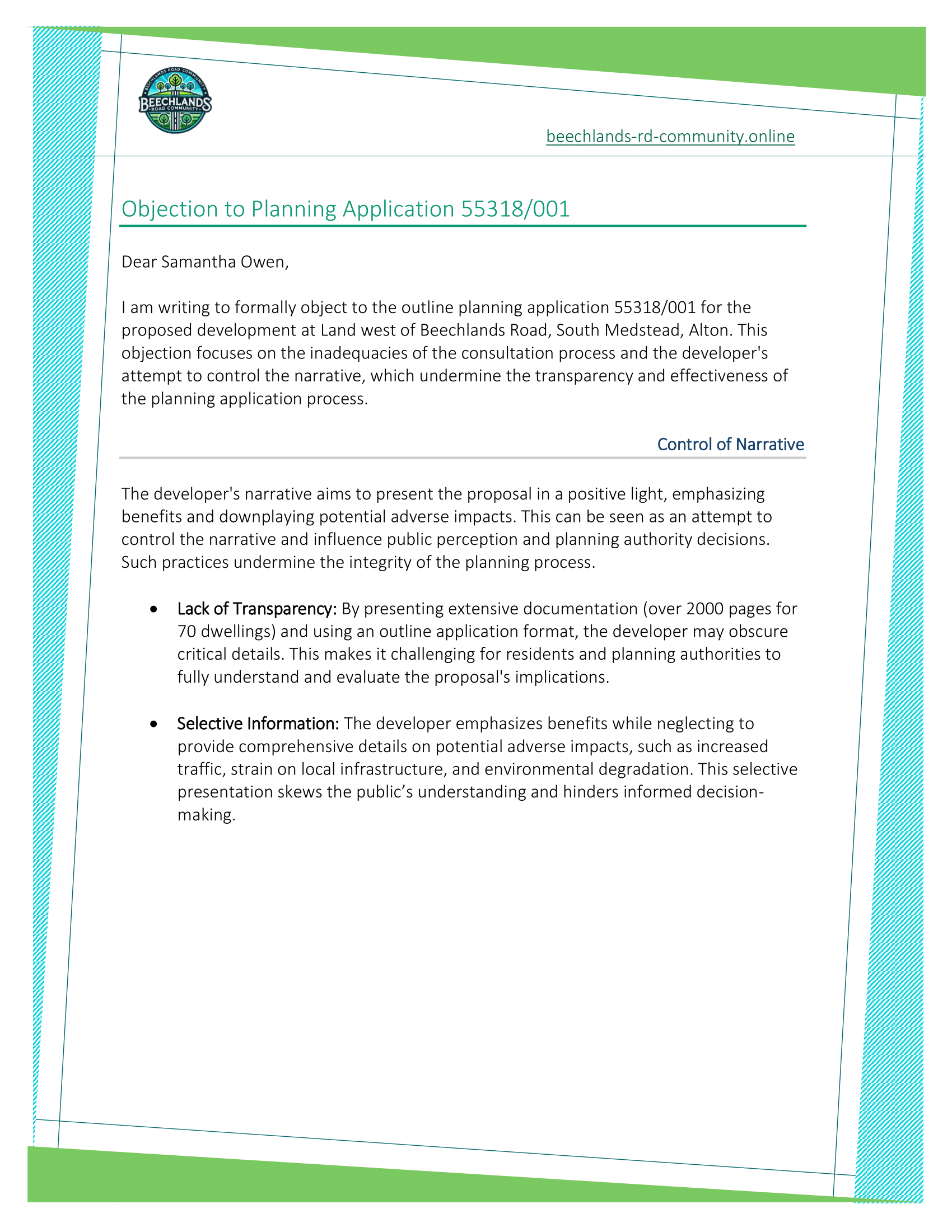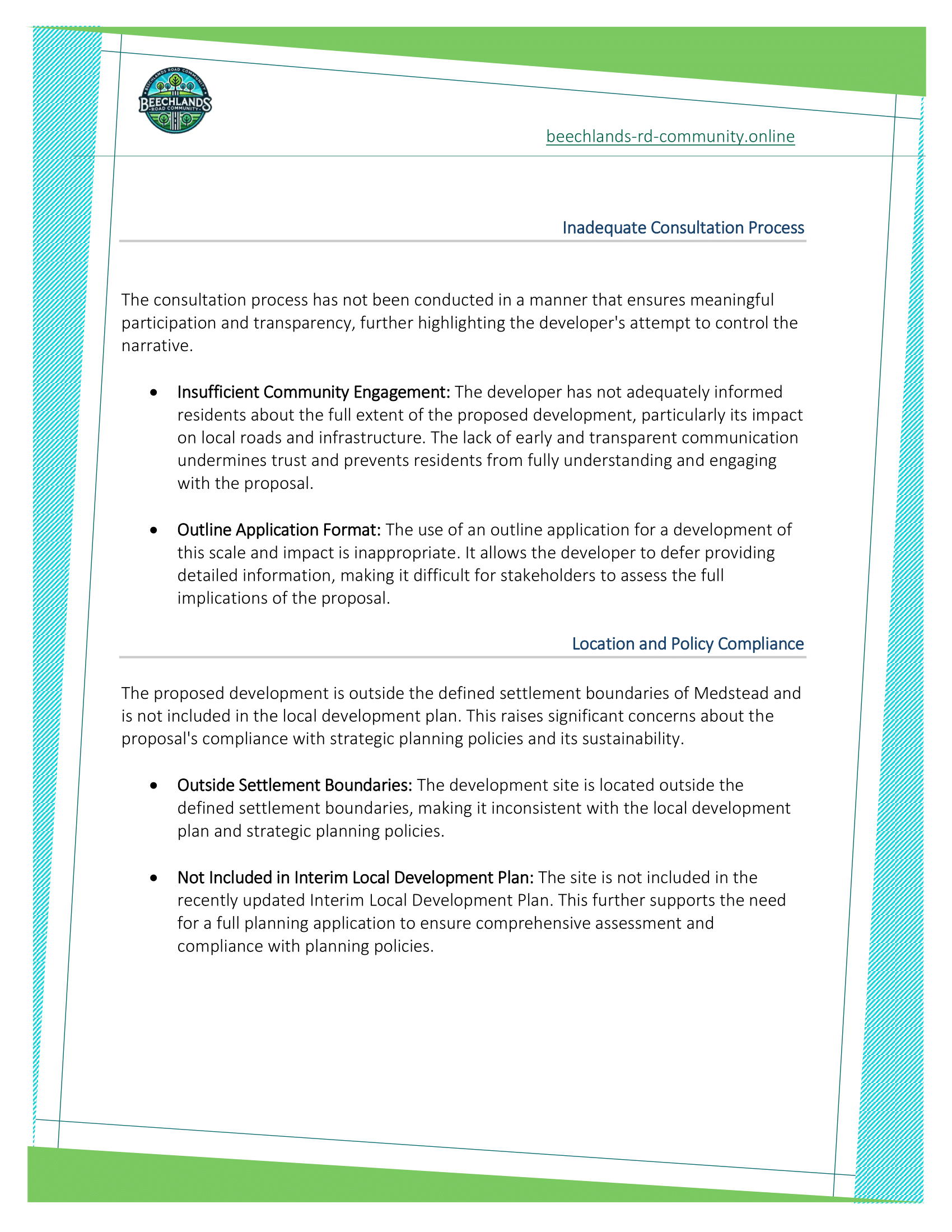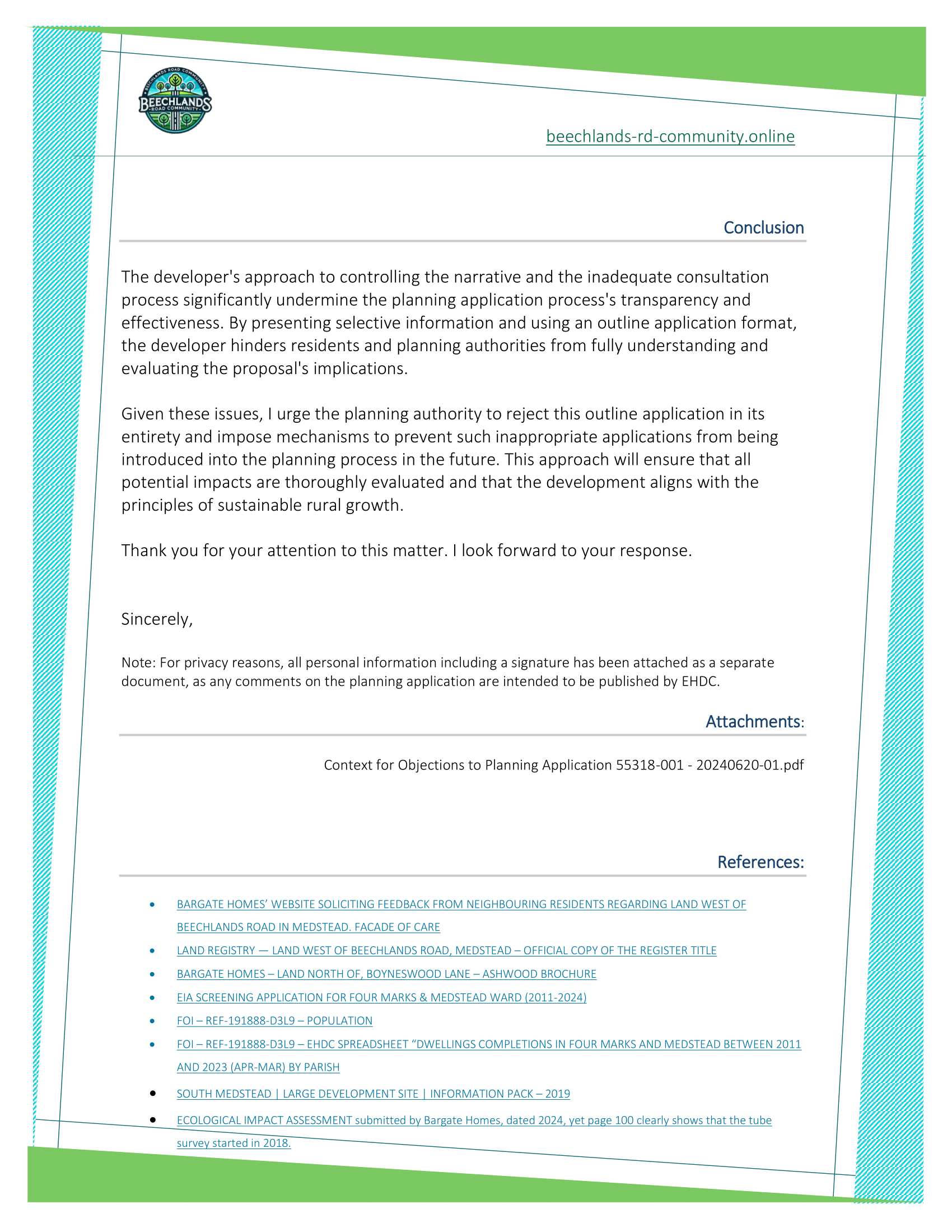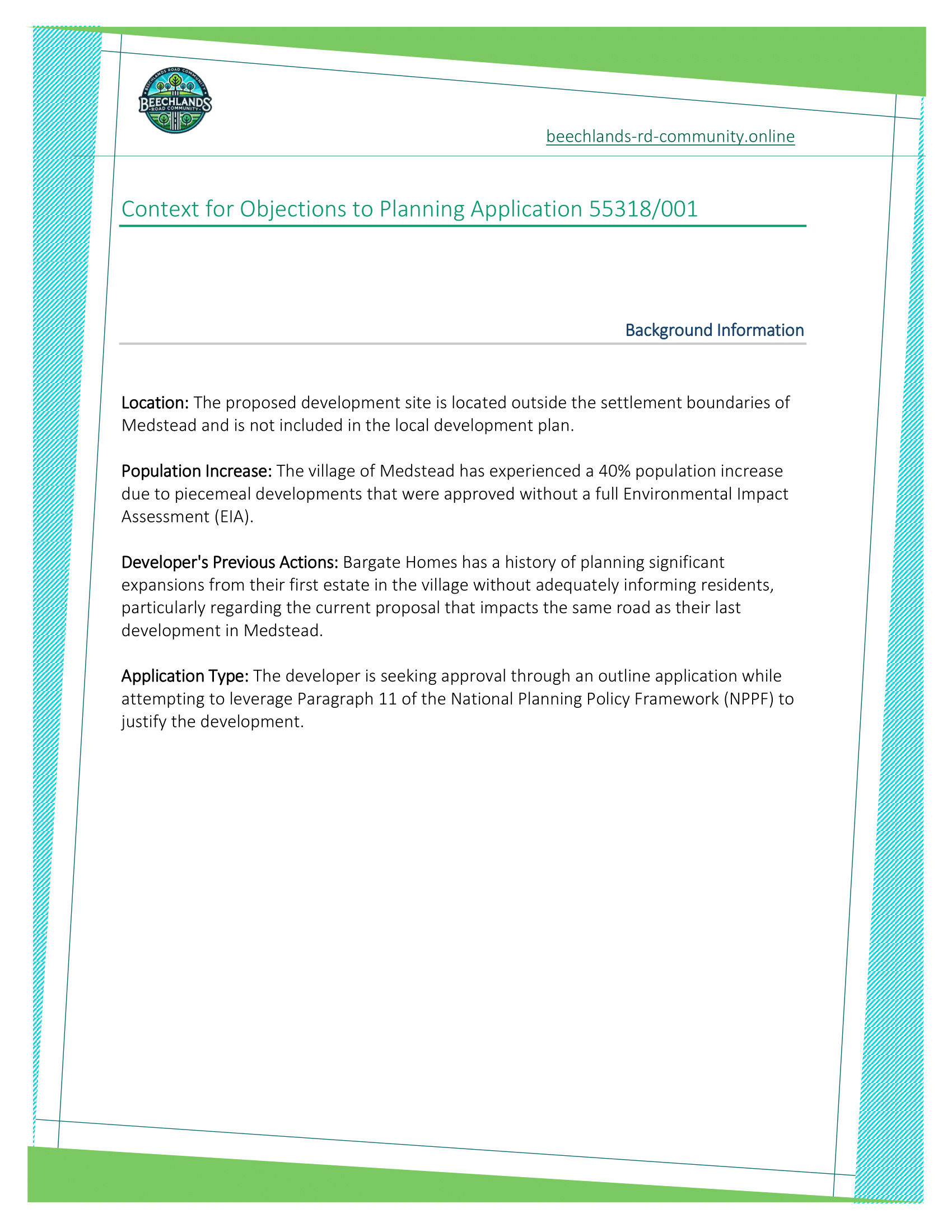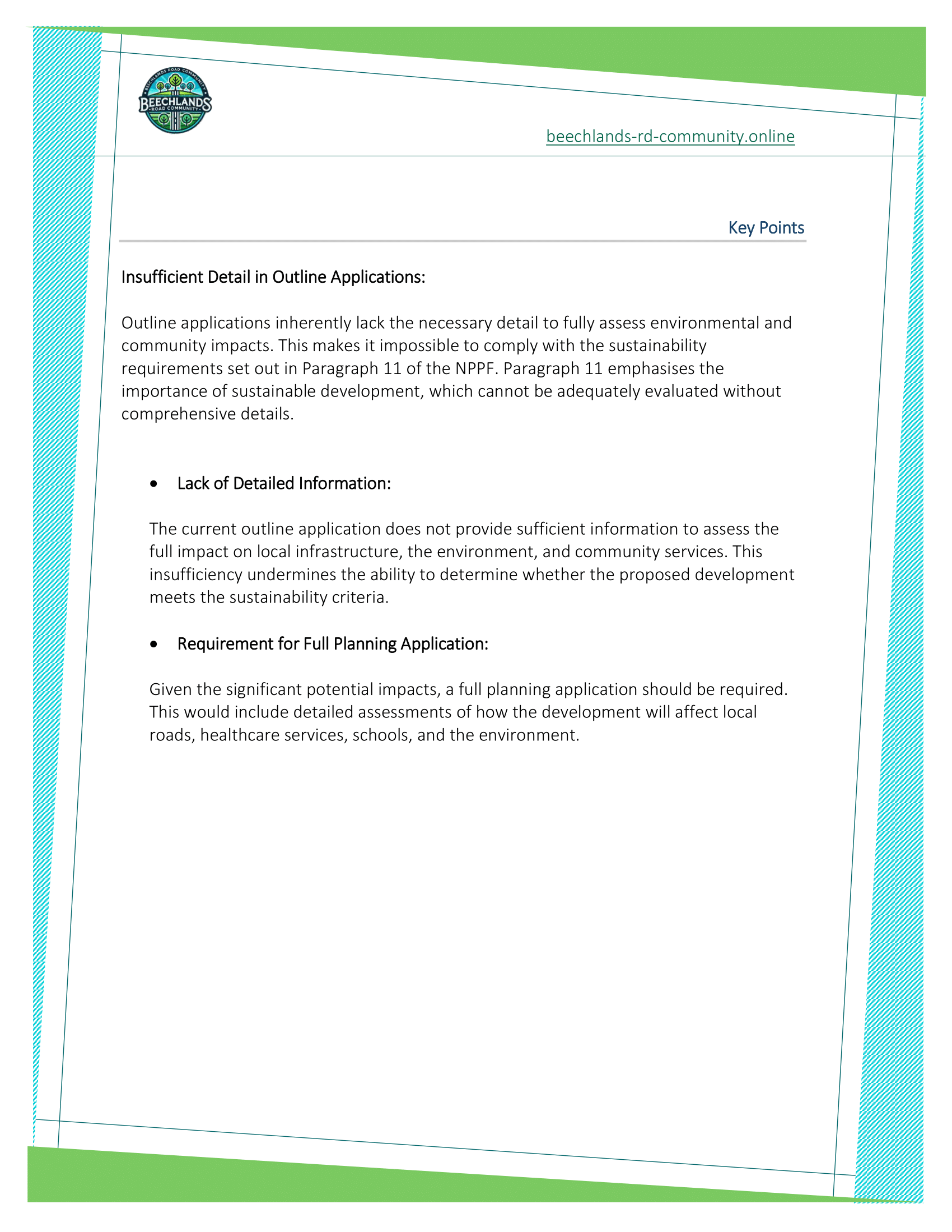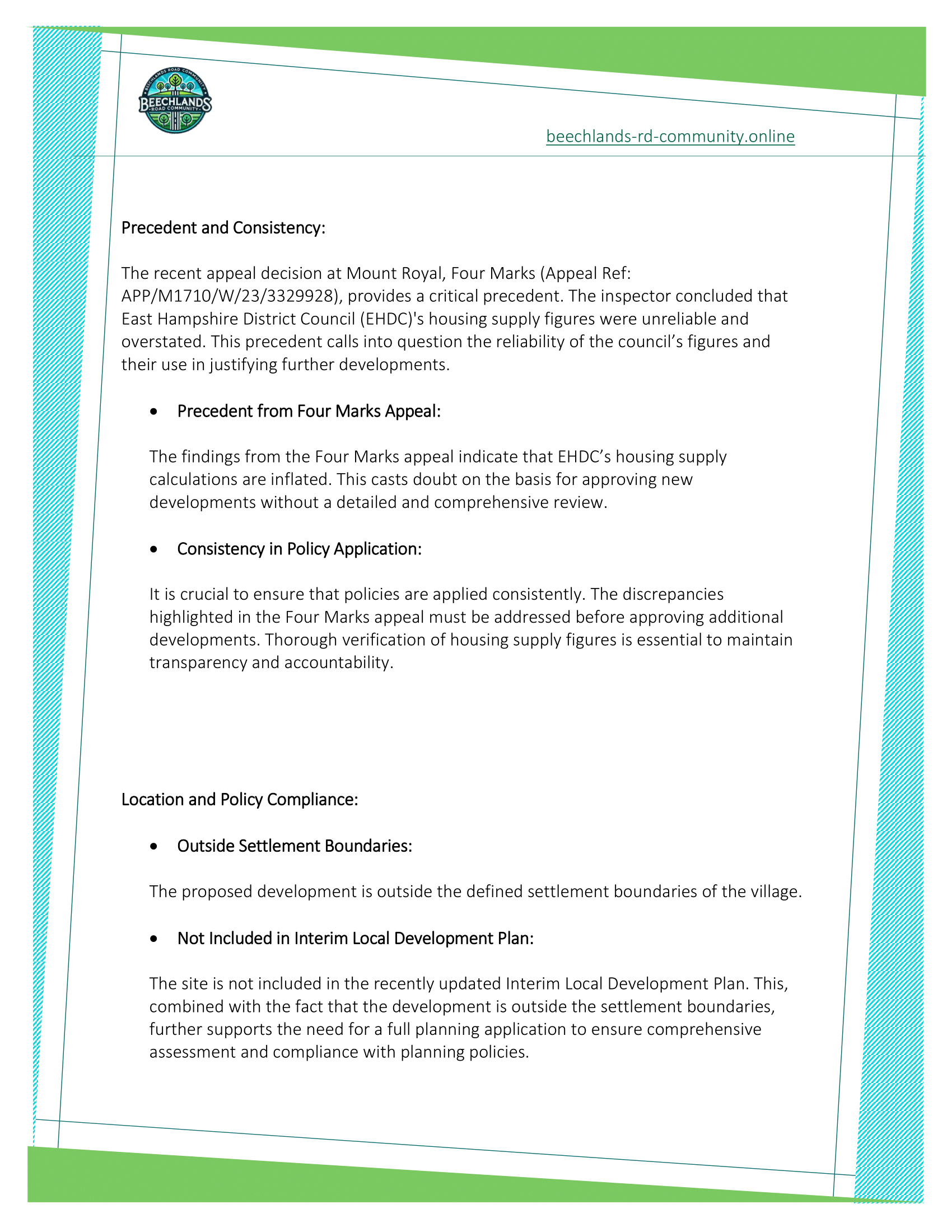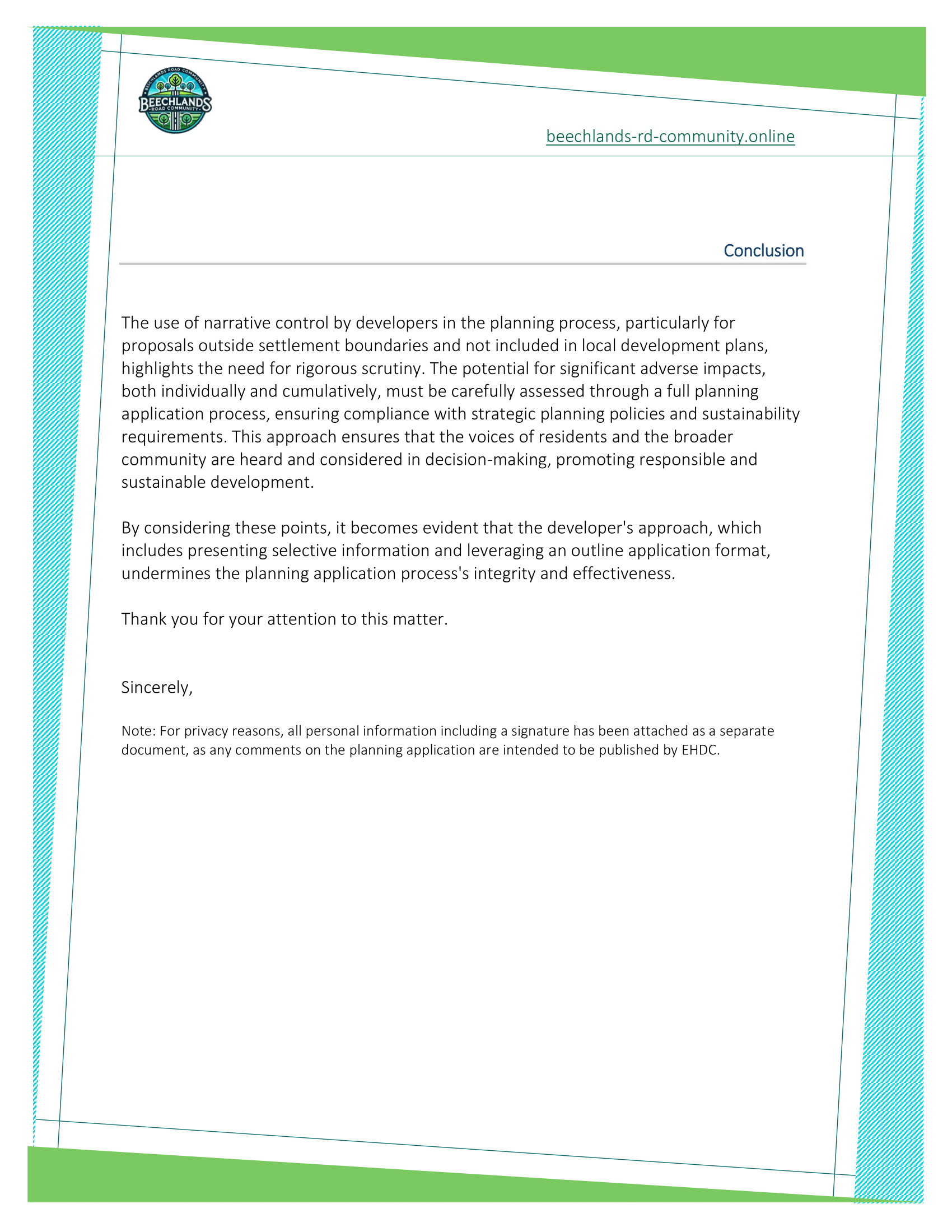Removing Surfacing and Structures in RPAs (SGN 8)
What aspects should be evaluated in relation to this document?
ENVIRONMENTAL IMPACT
Evaluate Surface Removal Techniques:
Ensure the document includes methods for safely removing surfaces within RPAs to avoid damaging roots and soil.
DESIGN AND APPEARANCE
Assess Visual Impact:
Check how surface removal activities will affect the site’s appearance, ensuring they do not leave unsightly marks or disrupt the visual flow.
RESIDENTIAL AMENITY
Review Impact on Accessibility:
Evaluate how surface removal will impact residents’ access to different parts of the site, ensuring pathways and recreational areas remain usable.
